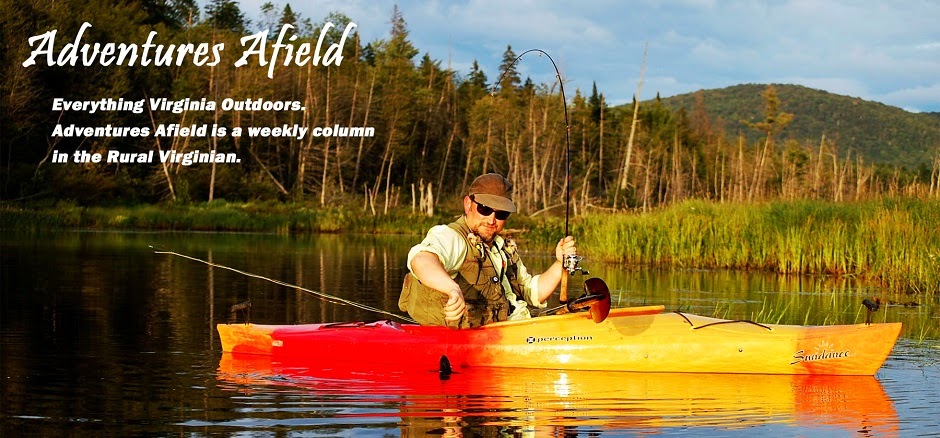On September 3, 1964, President
Lyndon B. Johnson signed into effect the Wilderness Act, a federal law that
has, since its initiation, preserved more than 100 million acres of primitive
land in 44 states and Puerto Rico. This
year, we celebrate 50 years of the Wilderness Act and the bounds in
conservation it has made possible.
 |
| A classic Saint Mary's waterfall and plunge pool. Photo by Matt Reilly |
But today, in the reality that we
live in, we learn the definition of development every day. Now, I am no tree-hugger, but I recognize the
age told in my parents’ memories. They
say, there was a time when Charlottesville, Virginia was not a city but a town,
when Walmart, Lowes, and Sam’s Club had not yet taken their anarchical perch
above Route 29, and Farmer Matheny still tended to his cows behind an endless
row of black fence board and the illusion that things might never change. The Rivanna River coursed like a river blue
with snowmelt, untapped by Lake Monticello and the neighboring municipality;
and fish finned its waters in untold numbers.
From those recollections I feel
regret, and momentary fear. What will
happen in my lifetime that will erode at the natural landscape? Will I have somewhere to pursue my solitary
sporting passions in relative isolation?
To escape these stresses I have
formed a habit, a fetish even, of chasing after the settings where the noise
pollution from highways and roads is overcome by expanses of trees and
outspoken Chick-a-dees; where I can walk and walk, fish and hunt, camp without
bending to the regulation of private property and baying dogs; and where I can
pretend for a day or two that there is nothing else.
In 1964, when the Wilderness Act
was signed, that habit shared by thousands of like-minded Americans was ensured
forever. Its signing established the
National Wilderness Preservation System, which works to dub unspoiled lands
across the country into eternal protection and public use.
The nearly 110 million acres the
Act has designated “wilderness” over the past 50 years are open for any citizen
to enjoy hiking, camping, fishing, hunting, backpacking, swimming, gathering,
and more, while prohibiting vehicular traffic and practices like logging and
mining.
Likewise, the 750 American
wilderness areas are the source of much daydreaming; for some of the country’s
most sought-after destinations have become such because of their primitive
state. Among those are the Boundary
Waters Wilderness Area, Bob Marshall Wilderness, Sawtooth Wilderness, Denali
Wilderness, and the Frank Church River of No Return Wilderness, the largest
single wilderness tract in the lower 48 at 2,366,757 acres.
In fact, to think of one of my
favorite and most “pristine” settings to explore and fish, the Saint Mary’s
River comes to mind first.
In the early 1900s, the terrain
surrounding the Saint Mary’s River was mined extensively and carelessly for
iron ore and manganese, polluting the mountains’ lucid waters and seriously
endangering the River’s native brook trout.
In 1984 the Wilderness Act facilitated the designation of 9,835 acres
surrounding the River as wilderness. In
1999, conservationists air-lifted and dropped lime into the river bottom,
remedying the acidic water quality and bringing back to life the population of
native trout.
Today, the Saint Mary’s River
runs crystalline and aqua blue throughout most of the year, and sports some of
the finest trout fishing in the state.
It is thanks to the Wilderness
Act of 50 years that we as sportsmen and women are blessed with such places to
explore and cherish. Join me in saying
“Happy Birthday!” to the Wilderness Act, and enjoy one of our many wilderness
areas this September.
*Originally published in the Rural Virginian
